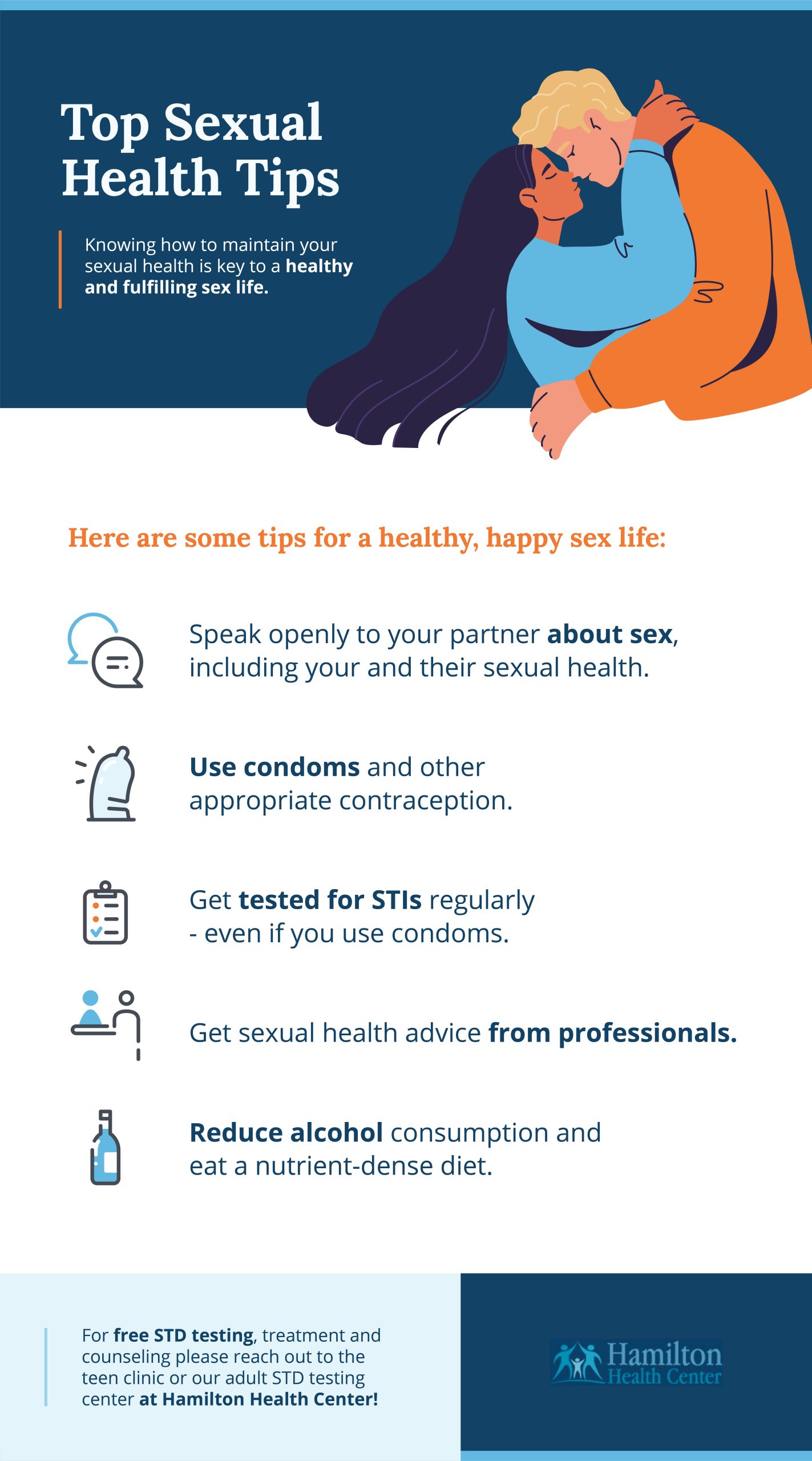
An important aspect of your older adult health is to get active. The risk of disease such as stroke, depression and type 2 diabetes is reduced when you are physically active. Physical fitness is good for seniors' independence and overall health. It is not always easy to establish and maintain a exercise program.
It's a good idea for older adults to consult a doctor before you start an exercise program. Your doctor can assess your fitness level and recommend the best exercise type for you. Your health may dictate that you start out with gentle exercise and gradually increase your intensity.
Find a gym offering classes just for older people is the best way to get started. Seniors are often offered discounts at these gyms. You may also find a personal coach who can help create an exercise program for you that's right for you. It is possible to invite your friends and family members to join you in your exercise program.

Begin with simple exercises in the chair and move on to more strenuous exercise if this is your first time exercising. Before you begin, make sure to warm up and cool down. Exercise will help you get more fit and reduce stress.
Strength training exercises build muscle endurance and muscle strength. It can also increase balance, which lowers the possibility of falling. This includes single-leg standing, stair climbing and light weights.
Another important aspect of any exercise program is stretching. Stretching can help relieve pain, stiffness, and inflammation. Stretching can help improve flexibility and range-of-motion. Stretching should be done for between 15 to 30 second intervals in order to get the most from your routine. Stretching before you start any exercise is a great idea.
Cardio exercise is an excellent way to get older people moving. Cardio exercise not only increases energy, but also improves cardiovascular function. Your overall health will improve if your heart pumps more blood. Performing aerobic exercises such as walking, swimming, biking, and dancing will increase your heart rate and strengthen your lungs.

Exercises that strengthen the bones can also prove to be beneficial for seniors. Strength training improves bone density which reduces the chance of osteoporosis. Performing strength training exercises is also a good way to get older adults more active. This is especially important for seniors who have lost their muscle mass. These exercises increase muscle strength and balance, making them the best strength training options for older adults.
There are many reasons why you might be discouraged from starting an exercise regimen. You may think it's too difficult or too expensive to get started with an exercise program. Exercise can be just as beneficial to older adults than it is for younger ones.
Many activities can be added to your exercise regimen, including yoga and taichi, running, walking, biking, swimming, and biking. However, you should also consider doing some endurance exercise, such as mowing the lawn or tackling stairs. A group exercise class can be found at your local recreation center if you are not able to exercise on a regular basis. It is a great idea to ask other seniors in your community what activities they enjoy.
FAQ
How to measure body fat?
The best way to measure body fat is with a Body Fat Analyzer. These devices are used to measure the percentage of bodyfat in people who desire to lose weight.
What should I eat?
Consume lots of fruits, vegetables. These vegetables and fruits are rich in vitamins and minerals that will keep your immune system strong. Additionally, vegetables and fruits are high fiber. This helps to fill up and aids in digestion. Include at least five portions of fruit and vegetables per day.
Make sure you drink plenty of water too. Water flushes toxins out of the body and helps to feel full between meals. Drink about eight glasses each day.
Eat whole grains instead of refined ones. Whole grains have all the nutrients they need, including B vitamins. Refined grains are stripped of some of their nutritional value.
Avoid sugary drinks. Sugary drinks can be a source of empty calories, which can lead to obesity. Instead, opt for water, milk, or unsweetened tea.
Avoid fast food. Fast food is very low in nutrition. While it might taste good, it won't give your body the energy it needs to function properly. Choose healthier options like salads, soups and sandwiches as well as pasta dishes.
Limit your alcohol intake. You can reduce your intake of alcohol by limiting the amount of empty calories. Limit the number of alcoholic beverages you consume per week to no more that two.
Try to cut down on red meat. Red meats contain high amounts of saturated fat and cholesterol. Instead, choose lean cuts of beef and pork, lamb, chicken or fish.
Take herbs and other supplements to improve your immunity
To boost immunity function, herbs and natural remedies are available. You can use ginger, garlic, echinacea oregano oil and ginkgo loba as common examples to boost immune function.
These herbal remedies are not meant to replace medical treatment. They may cause side effects such as nausea, diarrhea, stomach cramps, headaches, dizziness, and allergic reactions.
What is the difference in a virus and bacteria?
A virus is an organism microscopic that can't reproduce outside its host cells. A bacterium is a single-celled organism that reproduces by splitting itself in two. Viruses can be as small as 20 nanometers, while bacteria can grow up to 1 micron.
Viruses can spread from contact with bodily fluids that are infected such as saliva, urine or semen. Bacteria can easily be spread from direct contact to contaminated objects and surfaces.
Viral infections may enter the body through cuts, scrapes. bites and other skin breaks. They may also enter through the nose, mouth, eyes, ears, vagina, rectum , or anus.
Bacteria may enter our bodies through cuts and scrapes on our skin, burns, insect bites, and other wounds. They may also come into our bodies through food, water, air, soil, dust, or animals.
Both bacteria and viruses cause illness. But viruses can't multiply within their host. They can only infect living cells and cause illness.
Bacteria may spread to other people and cause sickness. They can even invade other parts of the body. To kill them, we must use antibiotics.
Here are five ways to lead a healthy lifestyle.
What are 5 ways to live a healthy lifestyle?
A healthy lifestyle means eating right, being active, getting enough sleep, managing your stress levels, and having fun. Avoiding sugar and unhealthy fats is key to eating well. Exercise helps burn calories and strengthens muscles. Getting enough sleep improves memory and concentration. Stress management helps reduce anxiety and depression. Fun keeps us happy and healthy.
These are the 7 secrets to a healthy life.
-
Make sure you eat right
-
Exercise regularly
-
Sleep well
-
Make sure to drink plenty of water.
-
Get enough rest
-
Be happy
-
Smile often
Statistics
- This article received 11 testimonials and 86% of readers who voted found it helpful, earning it our reader-approved status. (wikihow.com)
- WHO recommends reducing saturated fats to less than 10% of total energy intake; reducing trans-fats to less than 1% of total energy intake; and replacing both saturated fats and trans-fats to unsaturated fats. (who.int)
- nutrients.[17]X Research sourceWhole grains to try include: 100% whole wheat pasta and bread, brown rice, whole grain oats, farro, millet, quinoa, and barley. (wikihow.com)
- According to the 2020 Dietary Guidelines for Americans, a balanced diet high in fruits and vegetables, lean protein, low-fat dairy and whole grains is needed for optimal energy. (mayoclinichealthsystem.org)
External Links
How To
What does the term "vitamins" mean?
Vitamins are organic compounds found naturally in food. Vitamins help us absorb nutrients in the foods we consume. Vitamins cannot be produced by the body. They must be obtained from food.
There are two types of vitamins: water soluble and fat soluble. Water-soluble vitamins dissolve in water easily. Vitamin C,B1(thiamine), B2 (2riboflavin), and B3 (3niacin), as well as vitamin C,B1, B2 (riboflavin), and B3 (niacin), vitamin B6 (pyridoxine), vitamin folic acid (biotin), pantothenic, and choline are examples. The liver and fatty tissue are the main storage places for fat-soluble vitamins. Examples include vitamin D, E, K, A, and beta carotene.
Vitamins can be classified according to biological activity. There are eight major vitamin groups:
-
A – Essential for normal growth, and the maintenance of good health.
-
C is important for nerve function and energy production.
-
D - Essential for healthy teeth and bones.
-
E - needed for good vision and reproduction.
-
K – Required for healthy muscles & nerves.
-
P - vital for building strong bones andteeth.
-
Q - Aids in digestion and absorption.
-
R - Red blood cells are made from red blood cells.
The recommended daily allowance (RDA), for vitamins, varies based on gender, age, and physical condition. The U.S. Food and Drug Administration sets RDA values.
For adults aged 19 and older, the RDA for vitamin B is 400 micrograms daily. However, pregnant women need 600 micrograms per day because it is important for fetal development. Children ages 1-8 require 900 micrograms per day. Children under 1 year old require 700 micrograms daily, while infants over one year old need 500 micrograms every day. This decreases between 9 and 12 months.
Children ages 1-18years who are obese need 800 micrograms per day while those who are overweight need 1000 micrograms per day and children who are underweight need 1200 micrograms per day to meet their nutritional needs.
Children aged 4-8 who have anemia are required to consume 2200 micrograms of Vitamin C daily.
2000 micrograms is the minimum daily intake for general health in adults older than 50 years. Women who are pregnant or breastfeeding need 3000 micrograms per day due to increased nutrient requirements.
Adults over 70 years of age need 1500 micrograms per day since they lose about 10% of their muscle mass each decade.
Women who are pregnant and lactating need more nutrients than the RDA. Pregnant women need 4000 micrograms per dayduring pregnancy and 2500 micrograms per day after delivery. Breastfeeding mothers need 5000 mg per day when breastmilk is being produced.